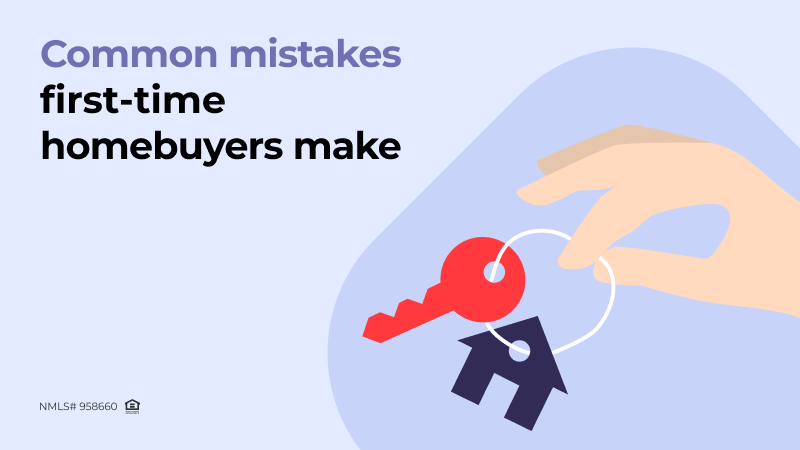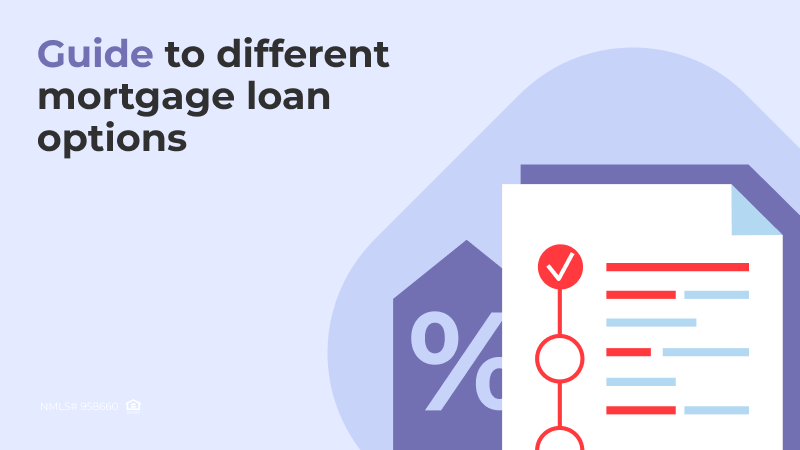
Do you feel like you are buried in debt? You’re not alone. Millions of Americans struggle with credit cards, personal loans, medical bills, and more. According to recent statistics, 77% of American households are dealing with some form of debt. As of the second quarter of 2024, the total debt held by American households is $17.796 trillion, with the average household managing $104,215 in debt. With so many financial responsibilities piling up, it can feel like there’s no way out. The good news is that there are options! Debt consolidation and cash-out refinancing can be powerful tools to simplify your finances and potentially save you money.
What is Debt Consolidation?
If you have multiple debts, such as credit cards, personal loans, or student loans, it can be challenging to juggle multiple due dates, varying interest rates, etc. Debt consolidation offers a solution by combining all of your debts into a single, more manageable loan. You take out a new loan – often a personal loan or home equity loan – to pay off your existing debts. This simplifies your repayment and may potentially come with a lower interest rate.
How Cash-Out Refinancing Works
If you’re a homeowner with significant equity, cash-out refinancing could be an option for accessing cash to consolidate debt. This strategy allows you to tap into that built-up equity by replacing your current mortgage with a larger one. The difference between the new loan amount and your existing mortgage is paid out to you in cash. This cash can then be used for various purposes, including debt consolidation, making home improvements, or covering other major expenses. By consolidating high-interest debt into a single, lower-interest mortgage payment, you can potentially free up breathing room in your budget. This can be a lifesaver if you’re struggling to keep up with multiple payments.
For example, you have $70,000 in high-interest credit card and personal loan debt. You own a $400,000 home and owe $250,000 on your mortgage. With a cash-out refinance, you could get a new mortgage for $320,000. This new loan would pay off your existing mortgage and provide you with $70,000 in cash – the perfect amount to tackle your high-interest debt and consolidate it all into a single, lower-interest mortgage payment.
With U.S. homeowners holding a record $17.6 trillion in home equity as of Q2 2024, many have the opportunity to tap into this wealth. On average, homeowners with mortgages have approximately $315,000 in equity, and $11 trillion of this equity is “tappable” without reducing ownership stakes below 20%. This translates to about $206,000 per household that can be accessed for purposes like debt consolidation or home improvements (CoreLogic)(Money)(FRED St. Louis Fed).
However, it’s important to remember that cash-out refinancing uses your home as collateral. This means that if you fail to make your mortgage payments, you risk losing your property.
Cash-Out Refinance vs. Debt Consolidation: Choosing the Right Path
While both options offer debt management benefits, they are designed for different situations. Debt consolidation loans are typically unsecured loans (not backed by collateral) used to combine multiple debts into a single payment. They often have lower interest rates than credit cards and can be a good option for borrowers with high-interest debt who want to reduce monthly payments.
Cash-out refinancing, on the other hand, replaces your existing mortgage with a larger one, giving you access to a lump sum of cash that can be used for various purposes. It’s generally a better option for those with significant equity who need a larger sum of money and can handle a potentially higher monthly mortgage payment.
The repayment terms of these two options differ as well. Debt consolidation loans typically have shorter repayment terms (2-7 years), resulting in potentially higher monthly payments compared to a cash-out refinance (15-30 years).
Fees and costs also vary. Debt consolidation loans may have origination fees, application fees, or prepayment penalties. Cash-out refinancing comes with closing costs, including origination fees, appraisal fees, title fees, and possibly private mortgage insurance (PMI) if your loan exceeds 80% of your home’s value.
Finally, collateral requirements differ. Debt consolidation may or may not require collateral, depending on the loan type. Cash-out refinancing always uses your home as collateral.
Additional Considerations for Cash-Out Refinancing
Cash-out refinancing can be a powerful tool for managing debt, but it’s not always the right solution for everyone. Here are some circumstances in which it may be a good choice for you:
- Significant home equity
If you have a significant amount of equity in your home (typically at least 20%), cash-out refinancing may be a viable option.
- High-interest debt
If you’re burdened with high-interest credit card debt or personal loans, a cash-out refinance can help you lower your monthly payments and pay off your debt faster.
- Stable financial situation
It’s important to have a steady income and good credit to qualify for a cash-out refinance and to comfortably afford the increased monthly payments.
- Long-term financial goals
If you have long-term financial goals, such as home improvements or investments, a cash-out refinance can provide the funds you need.
When considering a cash-out refinance, it’s also important to take into account the potential risks involved. First, refinancing can extend the term of your mortgage, which means you’ll be paying interest for a longer period of time. Second, taking on a larger mortgage can increase your overall debt and potentially put your home at risk of foreclosure if you’re unable to make your payments. Finally, while the interest rate on your new mortgage may be lower, the total monthly payment could be higher due to the increased loan amount. Remember, before deciding on a cash-out refinance, it’s critical to carefully weigh the benefits against the risks and consult with a financial advisor to determine if it’s the right decision for your situation.
Overcoming the burden of debt can be challenging, but with the right tools and guidance, it’s achievable. Debt consolidation and cash-out refinancing offer powerful strategies to simplify your debt management, lower interest rates, and potentially access additional funds. By understanding the differences between these options and carefully weighing the risks and benefits, you can make the right decision about which strategy is best for your situation. Consulting with a trusted lender like A&D Mortgage can provide the clarity and support you need.



